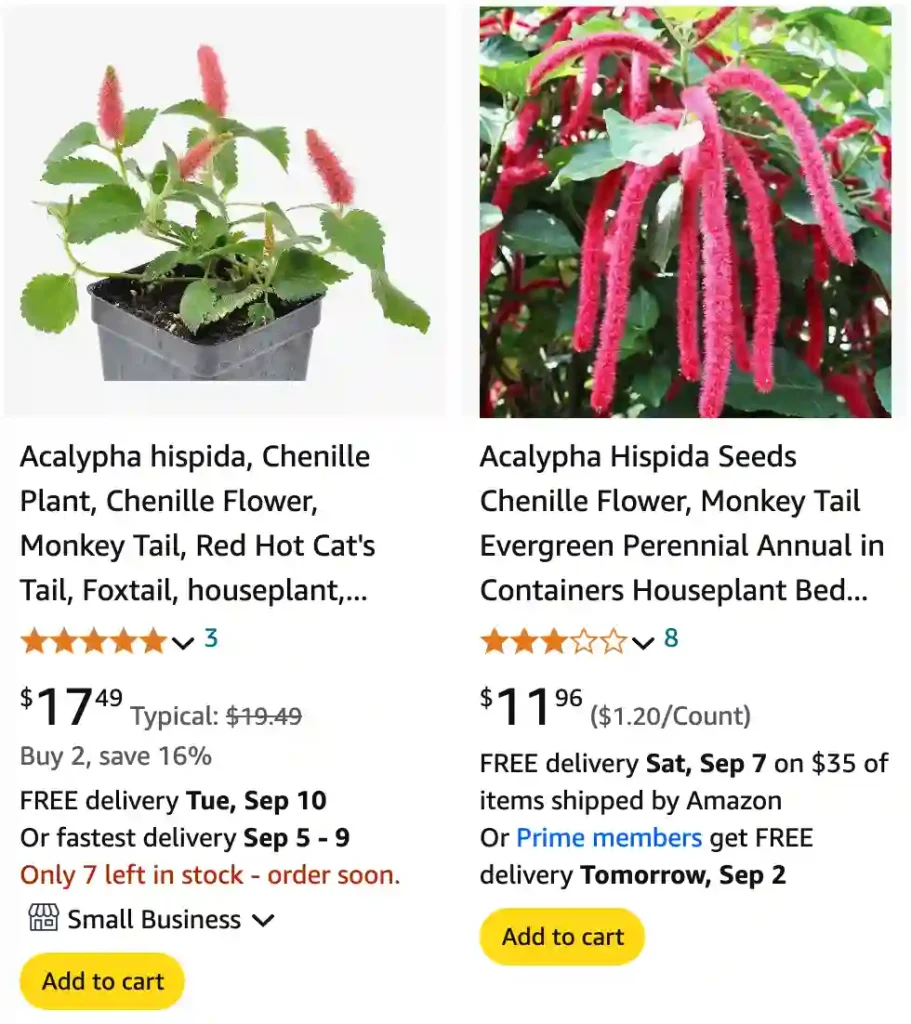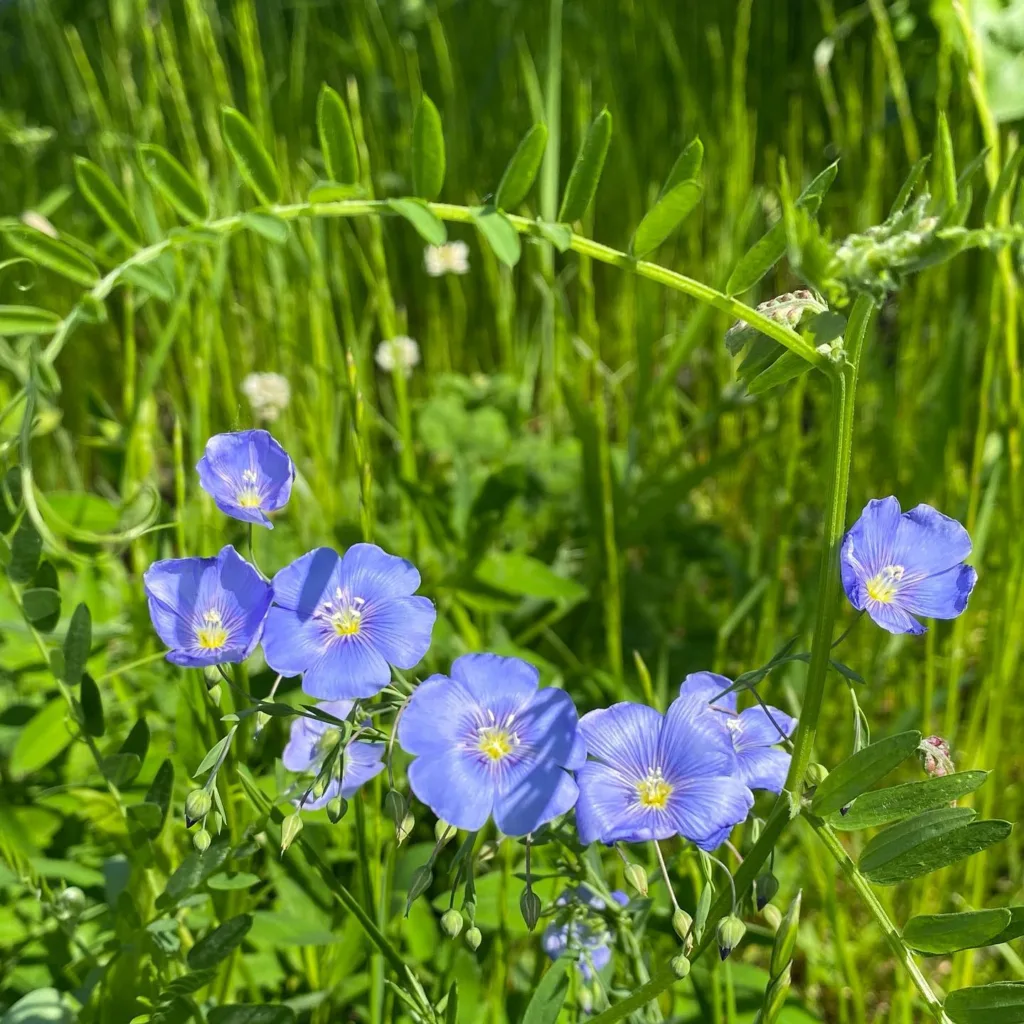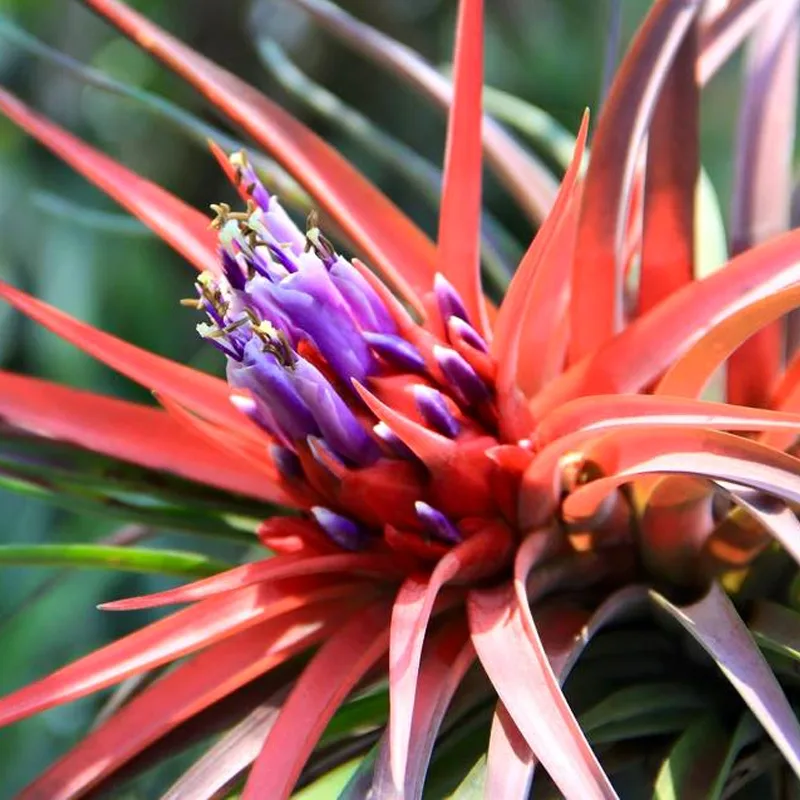
How to Grow Acalypha?
Growing Acalypha, commonly known as the Copperleaf or Chenille plant, can be a rewarding experience. To start, you should select a location with bright, indirect sunlight. Acalypha thrives in well-draining soil, so a mix of peat, perlite, and pine bark works wonders. The soil should be kept consistently moist but not soggy. If you’re growing Acalypha indoors, ensure good air circulation and avoid placing it near drafty windows or air conditioning units. For outdoor growth, choose a spot that gets morning sun and afternoon shade to prevent the leaves from scorching.
How to Care for Acalypha?
Caring for Acalypha involves regular watering and feeding. Water the plant when the top inch of soil feels dry. During the growing season, which typically spans from spring to early fall, feed your Acalypha with a balanced liquid fertilizer every 2-4 weeks. In winter, reduce watering and feeding. Regularly check for pests like spider mites or aphids, and address any infestations promptly with insecticidal soap or neem oil. Pruning is also essential to maintain the plant’s shape and encourage bushier growth.
How to Prune Acalypha?
Pruning Acalypha helps maintain its shape and promotes healthy growth. Use clean, sharp scissors or pruning shears to remove any dead or damaged stems. For shaping, trim the tips of the stems to encourage a fuller appearance. Pruning should be done during the growing season to prevent stressing the plant. Remove any spent flowers or seed pods to redirect energy to new growth.
Is Chenille Plant Acalypha Poisonous for Dogs?
Yes, the Chenille plant (Acalypha hispida) is toxic to dogs. If ingested, it can cause mild to moderate gastrointestinal upset, including vomiting and diarrhea. Keep the plant out of reach of pets, or opt for non-toxic alternatives if you have animals at home.
Where Does Acalypha Grow?
Acalypha is native to tropical and subtropical regions. It grows best in warm climates with high humidity. In its natural habitat, it can be found in countries like India, Southeast Asia, and parts of Africa. If you live in a cooler climate, Acalypha is best grown indoors or in a greenhouse where temperature and humidity can be controlled.
Where to Buy Acalypha Plants?
You can purchase Acalypha plants at various nurseries and garden centers. Online retailers also offer a wide selection. Check if local nurseries like Moon Nursery carry Acalypha plants. They often have a range of varieties, including the popular Chenille plant. Online plant shops and specialty stores might offer more exotic varieties.
How Many Types of Cells in Acalypha?
Acalypha, like many plants, has several types of cells, including parenchyma, collenchyma, and sclerenchyma. These cells perform various functions such as storage, support, and protection. The specific number and types can vary, but all are crucial for the plant’s overall health and growth.
Why is the Acalypha Endangered?
Acalypha species face threats from habitat loss, climate change, and overcollection. Deforestation and urbanization are significant factors contributing to their endangerment. Conservation efforts are essential to protect these plants in their natural habitats and ensure their survival for future generations.
How to Propagate Acalypha?
Propagating Acalypha is relatively straightforward. You can use stem cuttings taken from healthy, mature plants. Make sure each cutting has at least two nodes. Dip the cut end in rooting hormone and plant it in a moist, well-draining medium. Keep the cuttings in a warm, humid environment and maintain consistent moisture. Roots should develop within a few weeks, at which point you can transplant the new plants into larger pots.
Can You Grow Acalypha Indoors?
Absolutely! Acalypha can thrive indoors with the right conditions. Ensure it receives bright, indirect light and maintain a warm, humid environment. Regular watering and occasional feeding will help keep your indoor Acalypha healthy and vibrant.
What to Plant With Acalypha?
Acalypha pairs well with other tropical plants that enjoy similar conditions. Consider companion plants like Begonias, Ferns, or Calatheas. These plants have similar light and moisture requirements, which can create a harmonious indoor garden.
Common Problems with Acalypha
Common issues with Acalypha include leaf drop, yellowing leaves, and pest infestations. Leaf drop often results from sudden changes in environmental conditions or inadequate watering. Yellowing leaves can indicate overwatering or nutrient deficiencies. Regularly inspect your plant for pests and address any problems promptly to keep it healthy.
Compare Acalypha with Other Plants
Acalypha can sometimes be confused with other plants due to its distinctive appearance. For instance, its vibrant foliage might be mistaken for certain varieties of Coleus. Unlike Coleus, Acalypha has more elongated leaves and a different flower structure. Understanding these differences can help you identify and care for your Acalypha more effectively.
In conclusion, Acalypha is a beautiful and versatile plant that can add vibrant color and texture to your garden or home. By understanding its needs and addressing common issues, you can enjoy its unique beauty for years to come.




